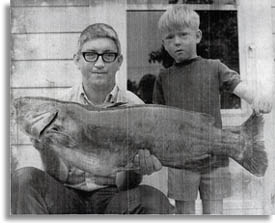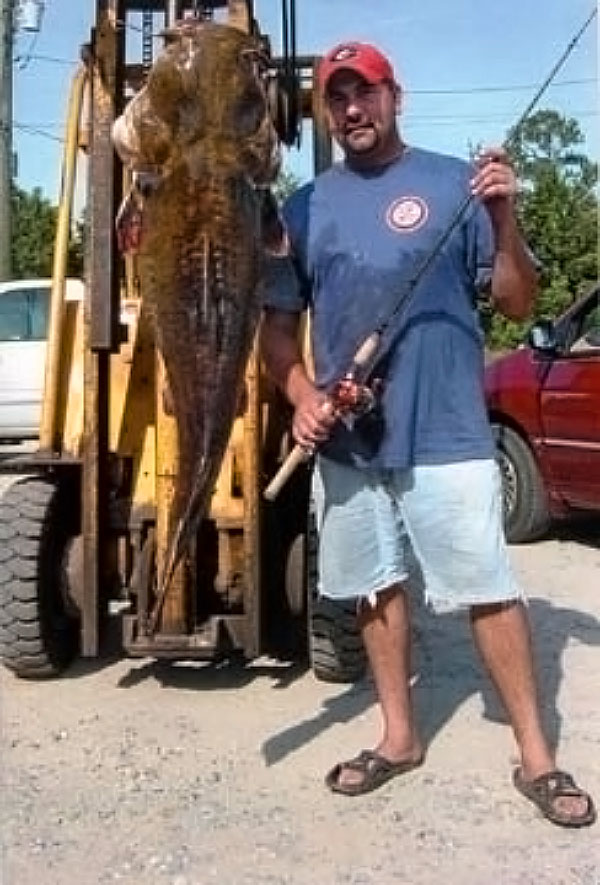

And because ponds are small, anglers have fewer problems pinpointing actively feeding fish. A good bottom contour map of the lake combined with sonar equipment should be employed whenever possible to zero in on the best fishing sites.Ĭhannel catfish, along with largemouth bass and bluegills, are among the primary game fish stocked in farm ponds. The most important are old river channels, inundated lakes and ponds, tributary mouths, riprapped areas and bridge channels.

For consistent success, key on specific areas within each reservoir. A sonar fish-finder helps pinpoint prime fishing areas.Ĭhannel catfish inhabit many types of reservoirs, but reach their greatest numbers and size in bodies of water that are large, warm and fertile with plentiful cover near deep-water sanctuaries and shallow feeding areas. Focus your fishing efforts around such structures, which include wingdams, rock, gravel and sandbars, deep holes and cover in outside bends, bottom holes or depressions, bottom humps and deep holes at tributary junctions. Other channel cat honeyholes in small to midsize rivers include eddies, boulders, low-head dams, logjams and channels to backwaters.īig-river channel cats usually position themselves at strategic places to feed and rest, mostly near structure that breaks or reduces the current. Channel cats wait in ambush behind these current breaks, darting out to gobble up food or bait that passes by. Rocks, logs and fallen trees in the deeper upstream end of a hole make it even more attractive to catfish. This is the deepest part of the pool and the area where channel catfish are most likely to be found. Just below each set of rapids, at the head of each pool, fast water carves the channel deeper, creating a depression or hole. Smaller rivers tend to be formed with a series of rapids and pools.


 0 kommentar(er)
0 kommentar(er)
